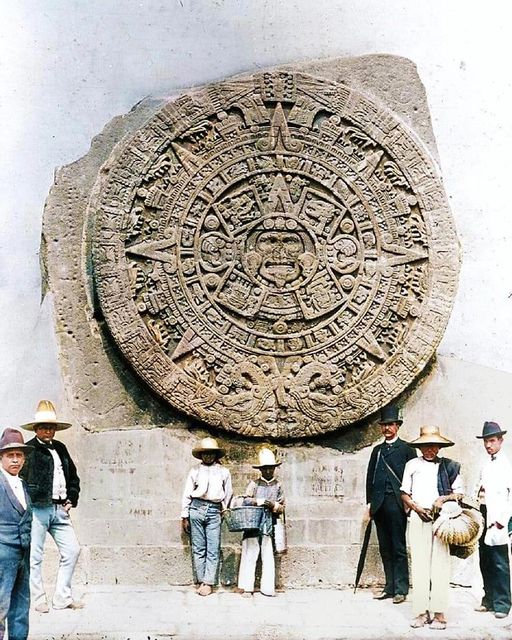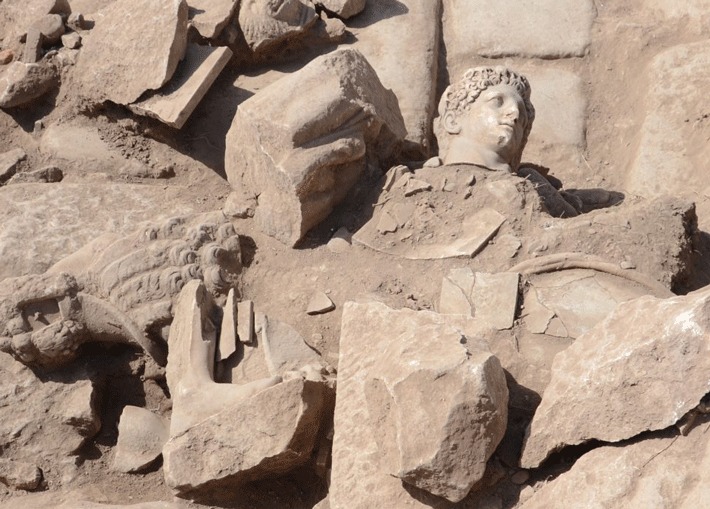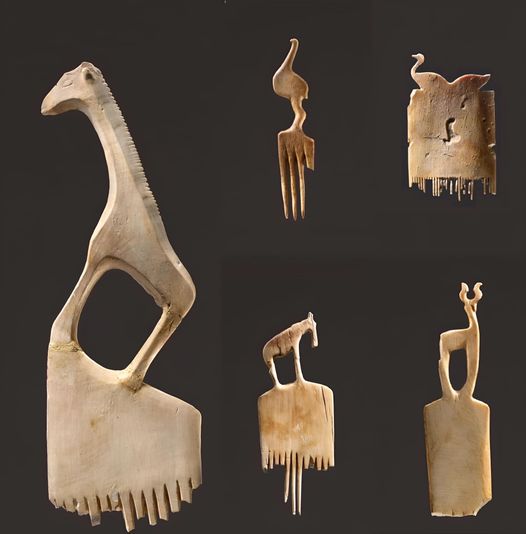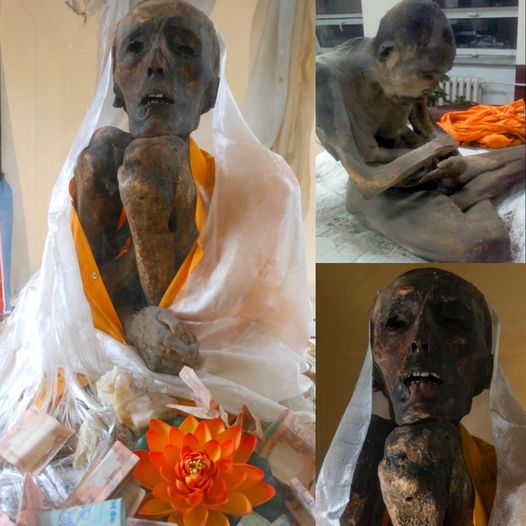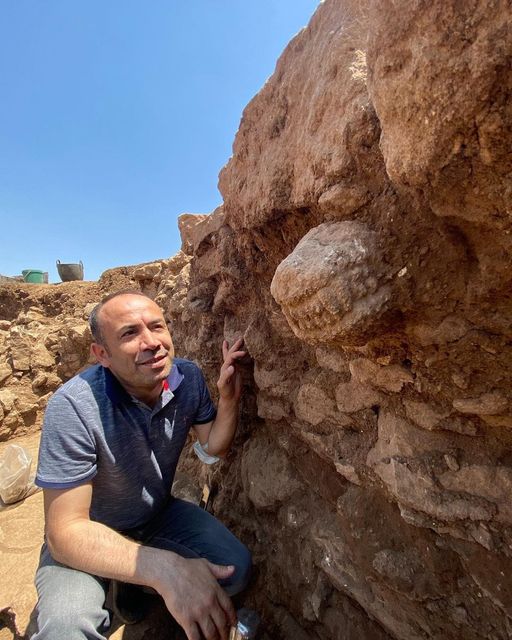In the annals of history, few names sparkle with the luster of Cleopatra, the last active ruler of the Ptolemaic Kingdom of Egypt. Her visage, possibly captured here in a statue that exudes regal confidence and serene intelligence, continues to fascinate scholars and laypersons alike. Ascending the throne at the tender age of 17 and dying at 39, Cleopatra's life was a tapestry of political intrigue, romantic entanglements, and intellectual pursuits.
What sets Cleopatra apart from her forebears, aside from her well-documented charisma and political acumen, was her mastery of languages. Fluent in nine tongues, her linguistic repertoire was unmatched by the rulers of her dynasty. She was conversant not only in her native Koine Greek but also in the languages of the countries that bordered her realm, including Aramaic, Ethiopian, Hebrew, Arabic, the Median language (spoken in parts of what is now Iran), Parthian, Latin, and, notably, Ancient Egyptian.

The photograph of this statue brings to life the image of a queen who was not just a figurehead but an active participant in the cultural and administrative affairs of her kingdom. Unlike her Ptolemaic predecessors, Cleopatra embraced the language of her subjects, learning to read and write in hieroglyphics, the scriptural heartbeat of Ancient Egypt. This skill was not a mere academic pursuit; it was a political strategy that endeared her to her Egyptian subjects and allowed her to communicate with the priests, the keepers of Egypt's traditional culture.
The depiction of Cleopatra with the royal regalia—the diadem, the vulture headdress signifying her alignment with the goddess Wadjet, and the ornate collar—reflects her status and her astute understanding of Egyptian symbology. The craftsmanship of the statue, with its detailed etchings and lifelike representation, evokes the sophistication of an era and a ruler that remains intriguing to this day.

Cleopatra’s multilingualism is a testament to her foresight and adaptability. Her ability to engage with foreign diplomats in their own languages was not just a courtesy but a form of soft power that allowed her to negotiate and charm, to play the politics of her time with a deft hand.
Today, Cleopatra's legacy as a linguist, a scholar, and a queen is etched not just in stone but in the collective memory of humanity. This image invites us to look beyond the myth and see the monarch who was both a product and a pioneer of her time—a ruler who left behind a legacy of intelligence, diplomacy, and cultural integration that continues to inspire and captivate. It is in remembering and celebrating such figures that we acknowledge the profound impact one individual can have on the course of history and the stories we tell about our past.


